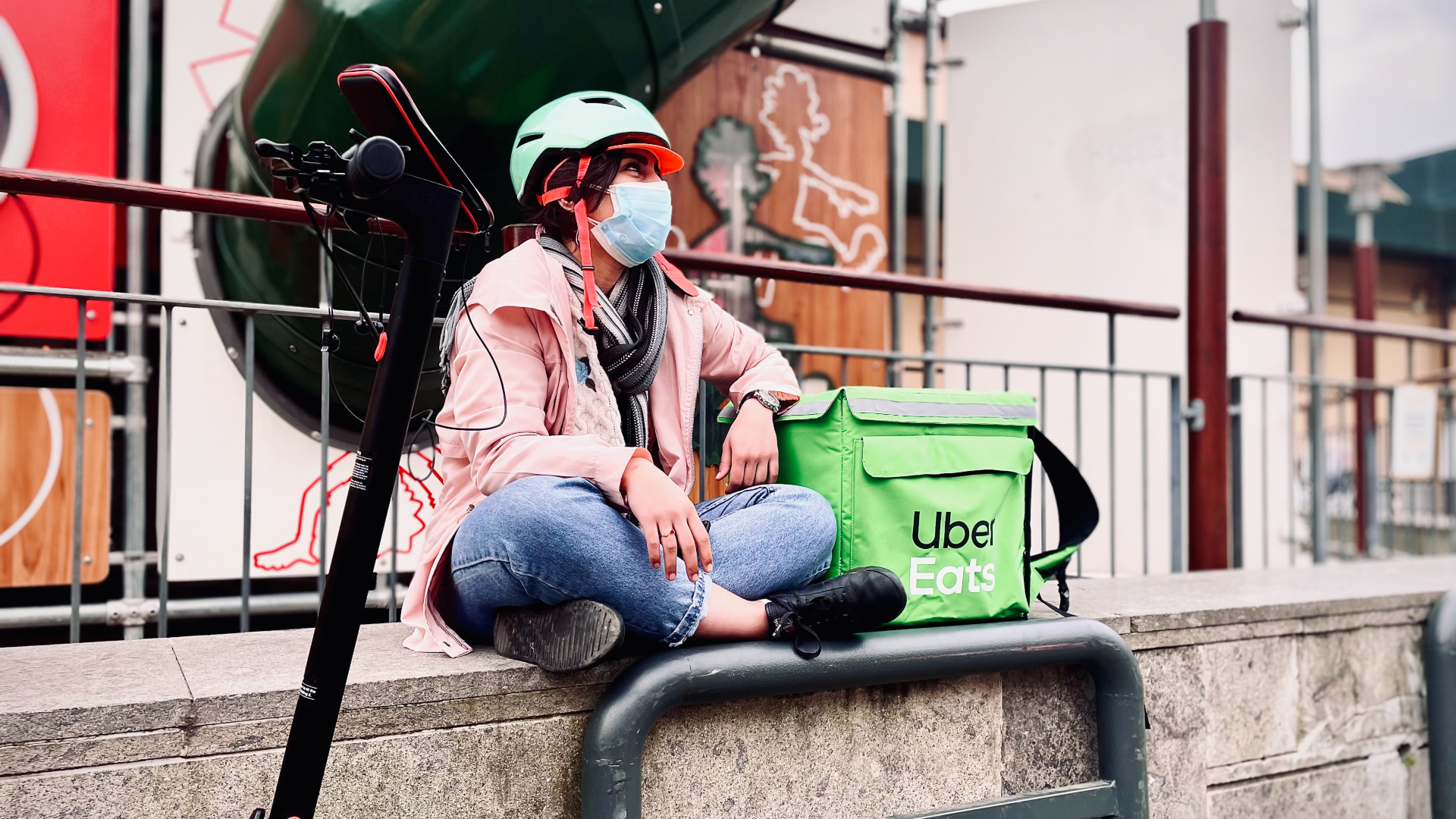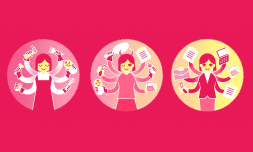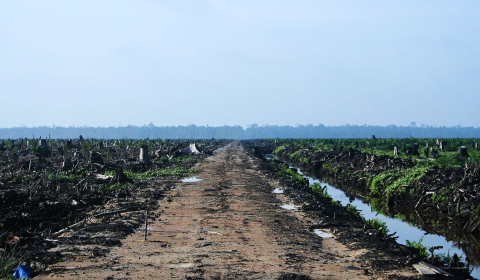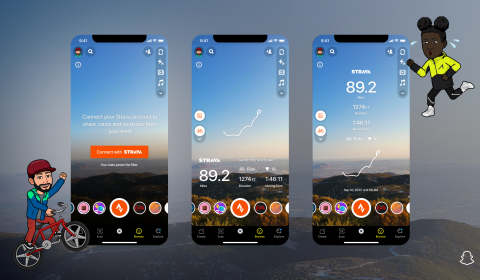As the gig economy takes on an increasing number of contractors every year, New York City is determined to look after workers with its most widespread service: app-based food delivery.
These days, enjoying grub from our favourite restaurants and fast-food outlets is all but a few clicks (and usually a half hour wait) away, thanks to the gig economy.
In the last five years or so, food apps like Uber Eats, Deliveroo, Grubhub, and DoorDash have unequivocally transformed the takeaway business. As with all major shake-ups to convenience services, the novelty has now worn off and new expectations have been set.
Yet, beyond transferring over a quick tip, can regulars of these apps say we really consider the conditions of drivers ferrying food around cities 24-7?
In New York City, which is largely regarded as the ‘financial state’ of the world, recent reports found that such gig workers were previously paid below the minimum wage requirement of $15 an hour.
The response from governors in the New York City Council has seen a new bill proposed, which intends to better support food couriers in the city and prompt wider consideration beyond.
The downside of gig
While the flexible nature of the gig economy is often lauded, allowing workers to hop in and out of jobs at their own discretion and choose their own hours, 30% have chosen the ‘pay by task’ lifestyle out of necessity.
The sad reality is that many in the business feel exploited and certainly not liberated.
Ranked among the four worst US states for unemployment, the population of food couriers in New York is largely made up of those beneath the breadline – the underqualified, laid off, or migrants.
Though it receives little coverage in the mainstream media, unions of delivery workers such as the Los Deliveristas Unidos, have long bemoaned meagre hourly wages of around $12.20 which is around 19% below the state minimum.
‘The bitter truth is that many food delivery workers can work 12 hours a day in the cold or rain for multiple food service apps and still not make enough to feed their own families,’ the LDU website reads.
During the height of Covid-19 last year, when demands for in-app deliveries were particularly high, protests were staged claiming that the financial incentive to work was putting gig couriers at risk for insubstantial reward.
A year on, continuously low rates and no contact perks to speak of have even led many to continue working through Hurricane Ida, despite the likes of DoorDash and Grubhub suspending service throughout Manhattan amid 13 deaths.



















